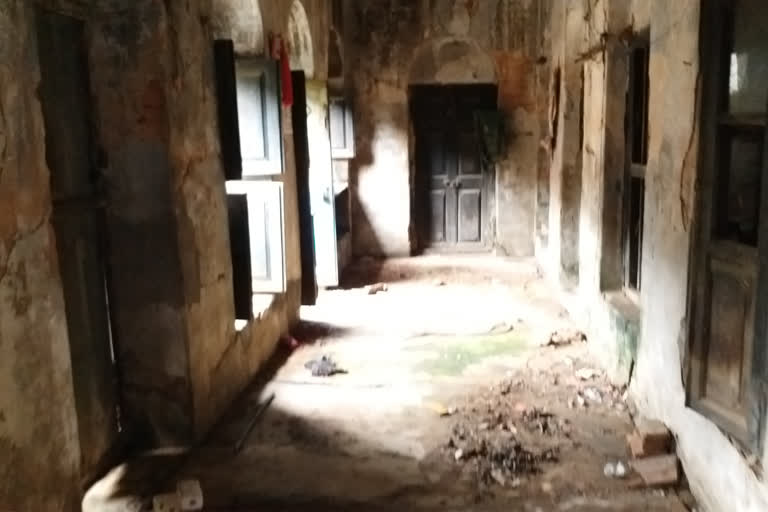Khandaghosh: The significance of Khandaghosh, the then undivided Burdwan district in freedom struggle is attributed to Batukeshwar Dutta, renowned as the 'associate' of revolutionary Bhagat Singh. Dutta, along with Singh, found a basement in the house near the former's ancestral residence as the last resort for their hideout from Britishers. In order to avenge the death of Lala Lajpat Rai, they planned an attack on the Central Legislative Assembly in New Delhi and stayed there for 15 days. Efforts are underway to turn the basement into a museum.
It was in 1928 that Lala Lajpat Rai led a protest march at Lahore against Simon Commission. Following instructions of erstwhile the Superintendent of Police, James Skott, Rai faced strong police action and died a few days later. Infuriated by the brutal incident, Bhagat Singh, along with his aide, Sivaram Rajguru decided to retaliate. However, erroneously, they killed John Saunders, the erstwhile assistant superintendent of police. They escaped and finally reached Uyari village at Khandaghosh in the then undivided Burdwan district.
Dutta's ancestral house was there. Subsequently, police activities also escalated in Khandaghosh. The house next to that of Dutta belonged to the Ghosh family. Dutta was aware of the secret underground basement in that house and they took shelter there for 15 days. It is said that the freedom fighters planned the attack on the Central Legislative Assembly in New Delhi from there. They launched a bomb attack at the Central Legislative Assembly shouting "Inquilab Zindabad" slogans.
Telipukur Crossing is roughly around four kilometres from Burdwan railway station. From there, a journey of another four kilometres through Arambag Road will take one to Bankura Crossing. Another 10 kilometres of the journey from that Bankura Crossing to the west direction will lead to Uyari Village, where there was the ancestral residence of Dutta. The house next to that belonged to the Ghosh family, where there was the famous secret underground residence.
The house is currently in a dilapidated state. However, its architectural style grabs attention even though the old portion of the house is inhabitable. The ancestors of the Ghosh family now reside in a new house adjacent to the old building. Just after the entry gate of the old building, there is a balcony where there are two showcases with wooden doors. Apparently, cosmetics items were stored there at the showcases. But in reality, those showcases were the entry points to the historical secret underground basement. At least four to five persons could manage to hide at the residence easily.
The current owners of the house are ready to hand over the house to the government for preservation provided they are compensated. Already Batukeshwar Dutta Welfare Trust has initiated steps to set up a museum there and conserve it.
A member of the Ghosh family, Rekha Ghosh said the secret underground basement was not visible apparently. "We want the state government to take over this house and convert it into a museum. We will vacate the place the day we receive the compensation," she said.
Madhusudan Chandra, the secretary of the trust in the name of Batukeshwar Dutta already has a museum set up at the ancestral residence of Dutta. "We are having dialogues with the members of the Ghosh family as well. That house will be conserved as soon as the government takes it over," he said.
Historian Sarbajit Jash said that Bhagat Singh and his associates took shelter in the basement of the house for 15 days. "The attack on the National Legislative Assembly was planned there. Accordingly, Singh and his associates launched a bomb attack there. Later he got arrested. Whoever comes to that village enquires about the basement. The process is on by the state government to take over that house," he said.
Also read: Mahatma Gandhi's tryst with loin cloth and its Madurai connection



